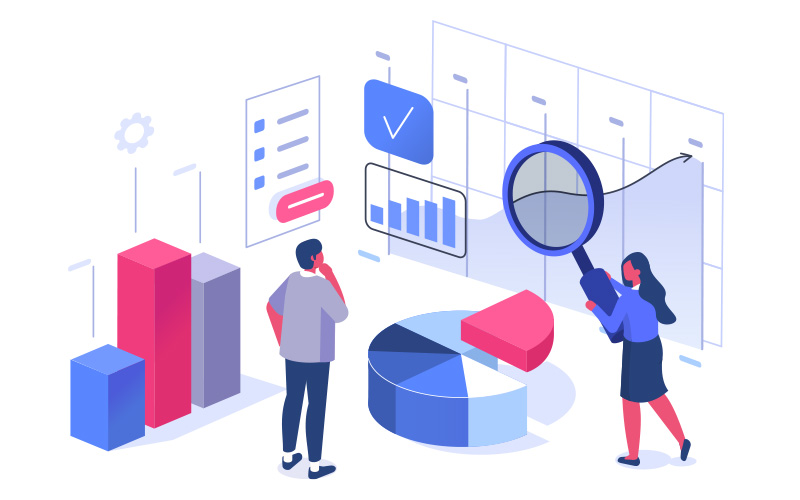Modern digital POS systems bring many advantages to restaurant owners – speed, flexibility and reliability being just a few.
But one of the biggest benefits of an up-to-date POS system is the amount of data it generates from every sale. When harnessed right, this data can give you previously unimaginable insight into everything from dining trends to the most popular dishes you simply have to keep on the menu, allowing you to boost service to achieve maximum value.
Here are five ways data from POS can help to transform your restaurant business.
Optimize your offer
A successful restaurant business is all about selling great food people want to eat, at a price they want to pay, when they want to eat it. By running data generated from every meal sold from your POS through modern analytics and reporting software, you can quickly get the lowdown on dining trends that will help you tweak your offer to suit your customers’ tastes.
Delve into your sales data, and you will soon be armed with invaluable information about best-selling dishes (and which are most profitable), what times of the day or week you do the most business, even which meals sell best at different times.
Not only will this allow you to adjust your menu to suit what different groups of customers visiting at different times want, you’ll also get insight into what types of service are most popular day to day – for example, when take-out orders peak over sit-down diners, or when pick-up is more popular than delivery. This will allow you to optimize your operations accordingly.
Boost loyalty and personalization
Another key thing POS data gives you access to is a wealth of invaluable information about your customers. By connecting your POS to a customer relationship management (CRM) system, you can revive the age-old art of personalized service without having to rely on memory – offering regulars their usual seat, anticipating their drinks order, knowing any food intolerances or dietary requirements without having to be reminded.
Data from your POS also helps you target customers with giveaways and promotions, maybe to entice them back after a long absence, and plays a central role in running loyalty and reward schemes, whether that is automatically updating points cards or redeeming rewards when they are earned.
Deliver consistent levels of service across all channels
The restaurant trade is increasingly an ‘omnichannel’ business, meaning you can no longer just rely on one means of dining, whether it is sit-down service, take-out, or whatever. Restaurant owners are increasingly finding they have to offer multiple options to suit the changing tastes of customers. Moreover, they have to offer multiple ways of ordering food, whether it’s online, through branded apps, telephone etc.
With this mix of dine-in, pick-up and delivery, and multiple channels for actually ordering a meal, one of the challenges for restaurateurs is to achieve consistency in the level of service they deliver across all – consistent wait times, consistent quality of food etc. By running all orders and bookings through the same POS, you can generate the data that allows you to monitor this.
Get staffing levels right
At peak times, one of the biggest pain points for a restaurant owner is losing custom because people are kept waiting too long before their order is taken and walk out, or it takes an age for their food to arrive and the customers vow never to come back again (and tell all their friends about the bad experience, too). An estimated 6% of sales are lost because of slow service.
By using POS data to identify when the busiest times are, restaurants can plan accordingly to get the right number of staff on shift, both front of house and in the kitchen, to make sure no one is left waiting too long. On the flipside, you can also save money by making sure you are not over-staffed at quiet times.
Avoid items going off the menu
Finally, there’s nothing more disappointing for a diner than being told the meal they wanted is off the menu. Sure, things run out from time to time if you have an unexpected run, especially specials. But for main menu items, POS data can give you a clear enough understanding of sales patterns to make sure you minimize how many times this happens by planning your ingredient purchases accordingly.




